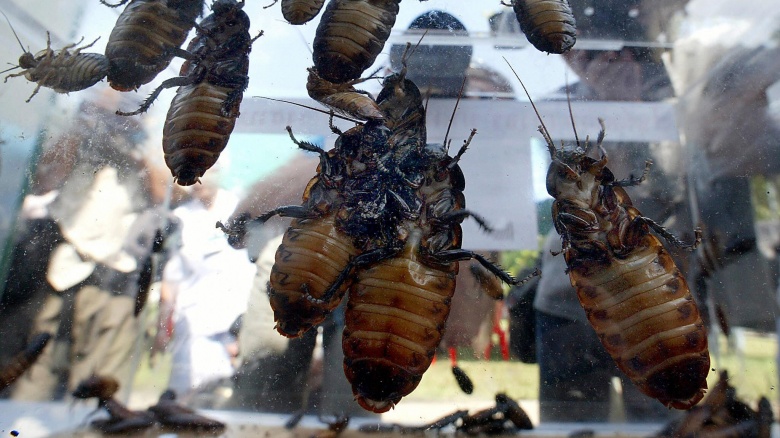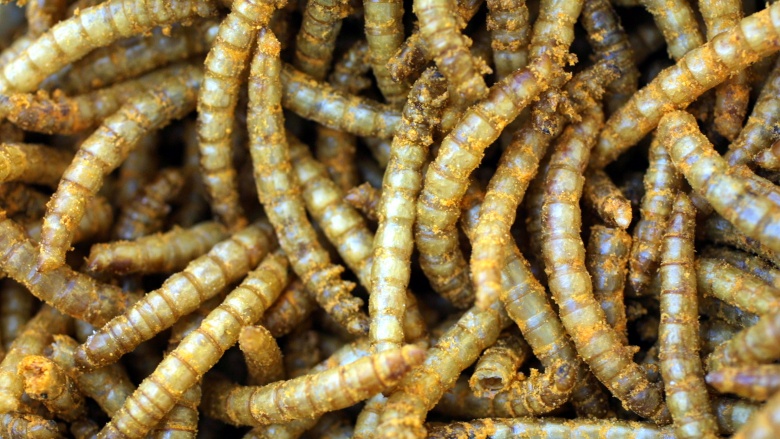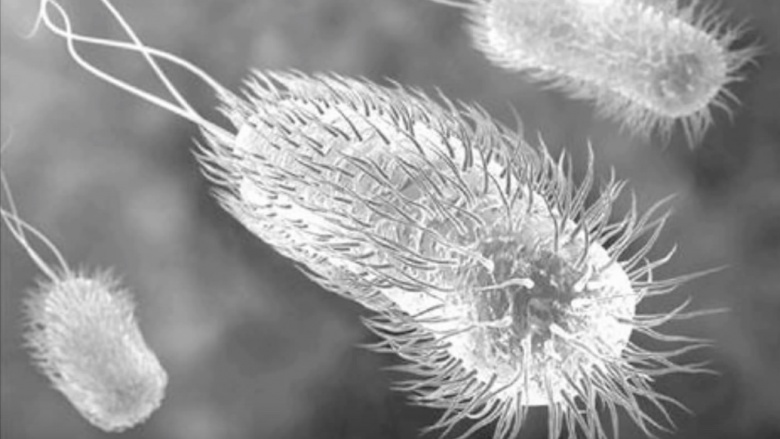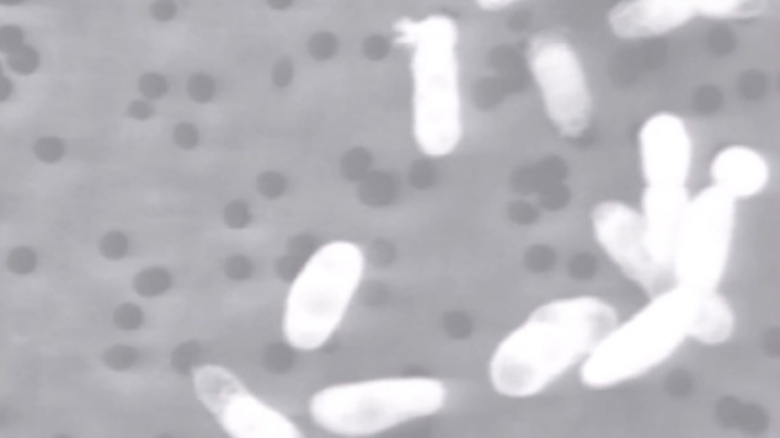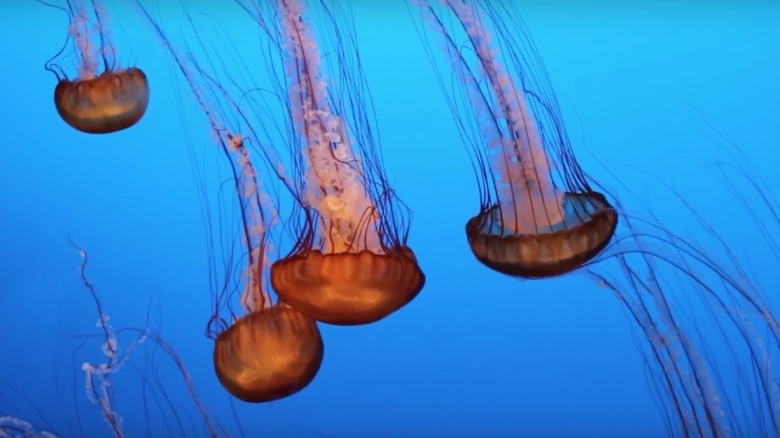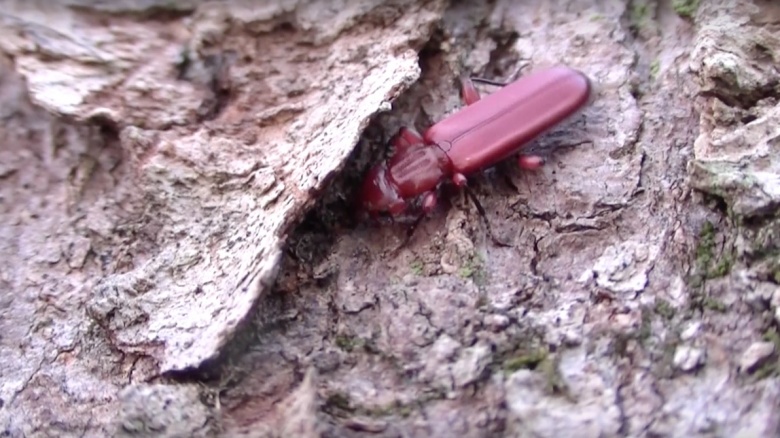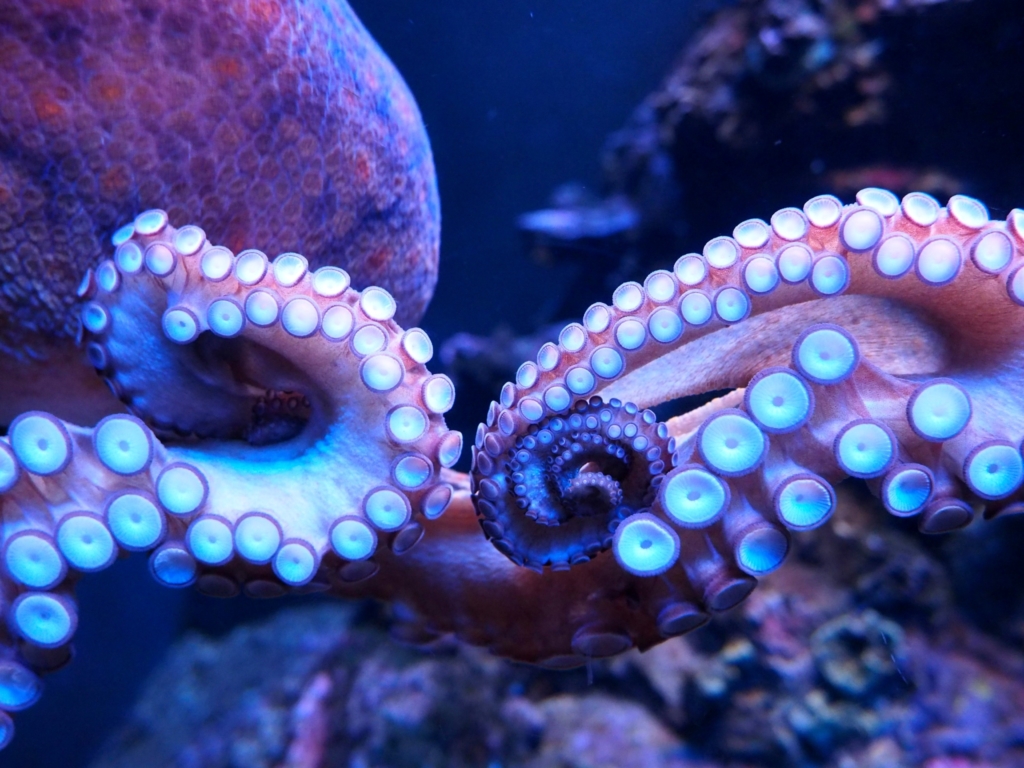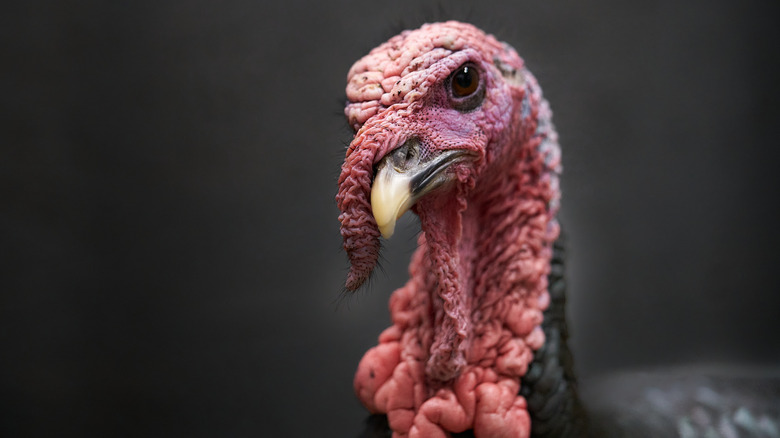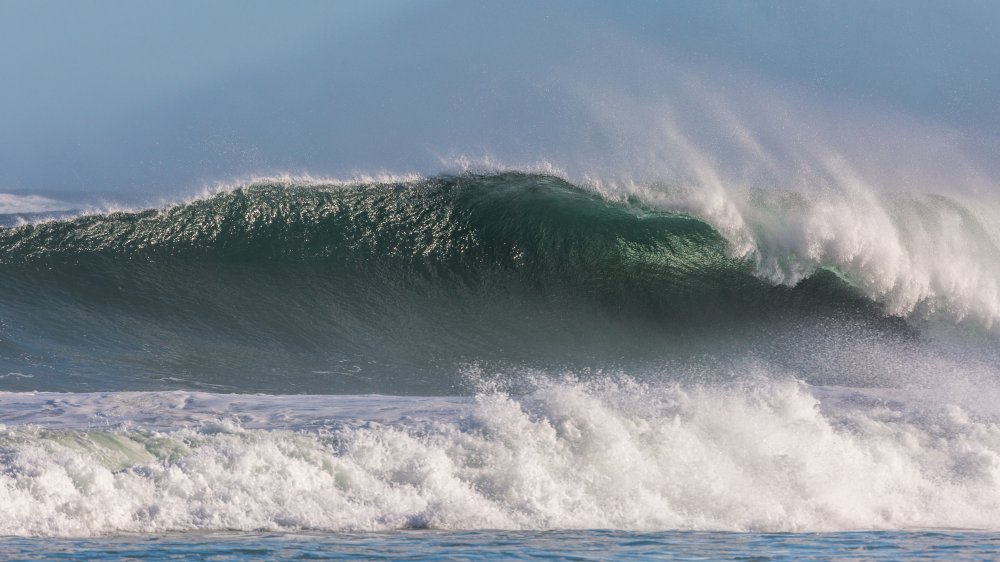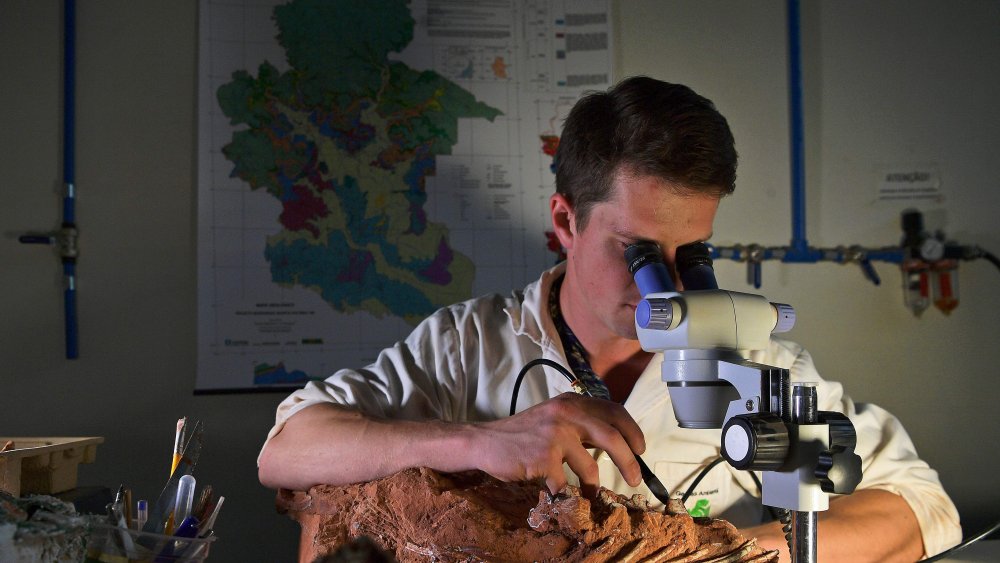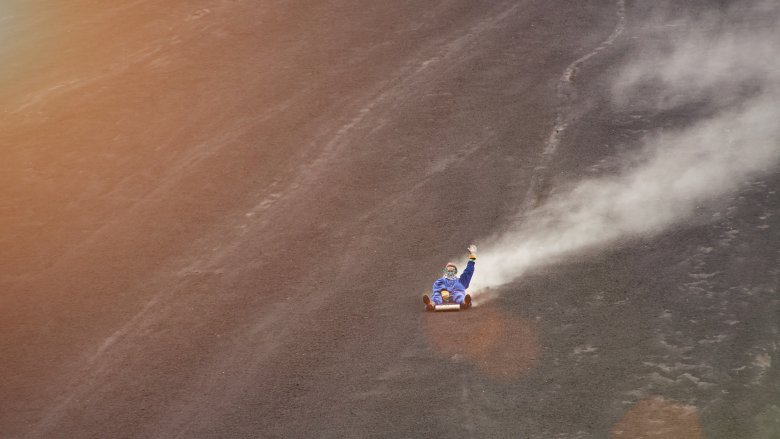
Superpowered Creatures That Can Survive Anything
We humans like to think of ourselves as tough and capable of handling anything. But we’re not. In reality, we’re soft, pink-centered bags of meat who shrivel when it’s too hot, and whimper when it’s too cold. These animals, however, put us to shame, as they can survive pretty much anything.
Tardigrades
Though tardigrades aren’t the smallest creatures on this list, they’re definitely the toughest. Also known as water bears, these 1 millimeter-long lifeforms can survive in conditions that would kill most other animals. They can survive without water for up to ten years, can survive radiation, and thrive in temperatures as frigid as -272 degrees Centigrade (-457 Fahrenheit) and as thermal as 150 degrees Centigrade (302 Fahrenheit). These critters are so hardy that in 2007, scientists shot thousands of them into space, to see what would happen. They not only survived, but the females laid eggs that hatched into healthy infants.
On top of all that, they can return from the dead. In 1948, a Italian zoologist added water to some 120-year-old, dried-out tardigrades, which immediately started moving. We should all do our best to never anger tardigrades.
Cockroaches
The unofficial insect of New York City, cockroaches are damn tough bugs. They’ve been found to survive up to 45 minutes without air, and can endure temperatures as low as -8 degrees Centigrade (17.6 Fahrenheit). In addition, they can survive decapitation for a significant amount of time and, in a pinch, can make a meal out of things humans can’t, like concrete or the glue on the back of a postage stamp. But their toughest attribute of all: they can survive radiation. While their walking away from a thermonuclear blast is only the stuff of urban legend, they can shrug off 6 to 15 times the amount of radiation that would kill a human. Why even exaggerate? The facts are more than impressive enough.
Devil worms
Discovered in 2011, the devil worm is perfect for anyone who loves deep conversations. When scientists noticed them on the floor of a gold mine in South Africa, they weren’t sure if the worms were there to begin with, or if the miners tracked them in. Fueled by curiosity, geomicrobiologist Tullis Onstott and company dug down, and were able to find devil worms thriving at depths of 2.2 miles, or 3.6 kilometers. Though the Halicephalobus mephisto, as they’re also known, were very small that far down — 0.5 millimeters long — they were still there and feasting on microbes, the only other things known to live at that depth. Scientists also found evidence that the worms had been there between 3,000 and 12,000 years, so clearly they didn’t just stumble into the wrong neighborhood.
Strain 121
Strain 121 is a top contender for the title of “Earth’s Toughest Lifeform.” This awesomely named single-celled organism was discovered near a hydrothermal vent off Puget Sound in Washington state, where the water reaches a blistering 130 degrees Centigrade (266 Fahrenheit). In fact, its ability to survive at extreme temperatures actually frustrated scientists studying it. While trying to learn just how much heat Strain 121 can take, they threw some into an autoclave, which is used in medical sterilizations. The eggheads were shocked to discover these mighty microorganisms were still doing … whatever it is they do, after 10 hours of intense heat. Don’t worry, though. Since they’re non-infectious, discovering them in your kitchen isn’t cause for alarm.
Pompeii worms
When it’s a hot time in the ocean, there’s a good chance the Pompeii worm (that long blurry, brownish thing coming out of the hole in the video above) will be there. These four-inch-long worms attach themselves to hydrothermal vents, where they bask in 80 degree-Centigrade (176 Fahrenheit) heat and a melange of toxic, Earth-born chemicals. In addition, they can withstand deep-ocean pressures and live in total darkness. First discovered in the 1980s near the birthplace of evolutionary theory, the Galapagos Islands, Pompeii worms have only ever been found in the Pacific Ocean. In all that time, scientists have yet to discover just how the worms even survive in that extreme environment. What’s the holdup?
GFAJ-1
GFAJ-1 is an Earth-born creature so out of this world, even NASA scientists have become interested in it. This extremophile was first discovered in 2010, living near Mono Lake in California, an area harsh enough to kill humans. But GFAJ-1 has built a nice little life for itself there, dining on the phosphorous in the hypersaline and drinking of the alkaline lake. When there’s no phosphorous for dinner, they’re able to snack on arsenic as well. (What gave scientists the idea to feed anything arsenic is anyone’s guess.) Because this hardcore little critter exists, scientists are hopeful that similar life forms can be found in the relatively inhospitable locales of other planets, and their satellites.
Pyrococcus furiosus
No, Pyrococcus furious (those darker dots in the above video) isn’t some obscure Harry Potter spell. It’s actually a micro-organic hyperthermophile found on Porto Levante, Vulcano Island, Italy. Not only can this one live in temperatures higher than 90 degrees Centigrade (194 Fahrenheit), it does its best work at water’s boiling point — 100 degrees Centigrade, or 212 Fahrenheit), doubling in population every 37 minutes at that optimum temperature.
Alongside NASA, scientists who hope that life can be found throughout the solar system and beyond have been using P. furiosus in some Dr. Moreau-style experiments, splicing their DNA with that of plants. Their hope is to create plants that can withstand things like “drought, cold, low air pressure” and so on. Let’s just hope they don’t accidentally create something that’ll rise up and kill us all.
Immortal jellyfish
The only creature in this article with a website, the Immortal jellyfish may not be an extremophile per se, but it can do something the rest of them can’t. Called the Benjamin Button of the oceans, Turritopsis dohrnii can age backwards at will. Basically, if the jellyfish is ever seriously injured or faces starvation, it reverts itself to a younger state, meaning it changes into a “blob-like cyst,” then a “polyp colony.” From there, it can completely transform as it grows again, with muscle cells becoming nerve cells or vice-versa, and so on. Thus, it never has to endure the dark, foreboding years of old age. It’s everything Hollywood actresses wish they could be.
Red flat bark beetles
The red flat bark beetle (say that five times fast) isn’t the only insect found in cold places, but it’s almost certainly the toughest. Scientists have found it can survive temperatures as cold as -150 degrees Centigrade (-238 Fahrenheit), well past the threshold where most other bugs would bite the Big One. While these beetles have thus far only been found as far north as there are balsam poplar trees in Alaska — well south of the Arctic Circle — they may be found farther north before too long. After all, thriving in such a close vicinity as Sarah Palin, so you know these bugs can handle anything.
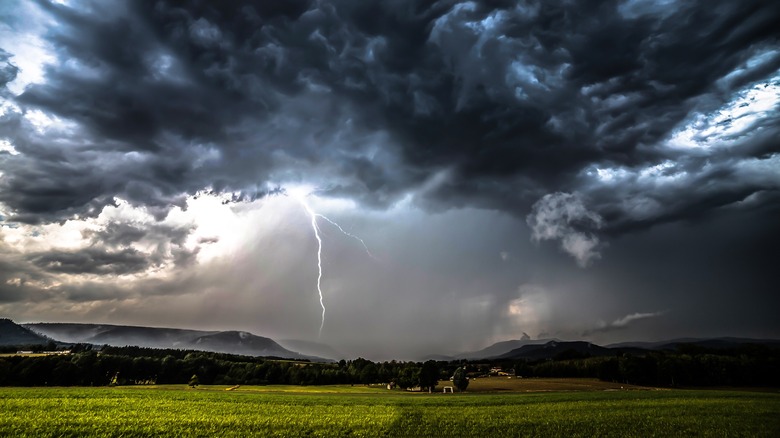
The Sad Story Of The Man Struck By Lightning 7 Times

The Jack The Ripper Theory That Would Change Everything

The Terrible Life Of The Roman Vomit Collector

There's A New Twist In The Dyatlov Pass Hiking Incident

Why Ivy League Schools Used To Require Nude Photos Of Students

The Real Reason Your Cat Won't Stop Staring At You
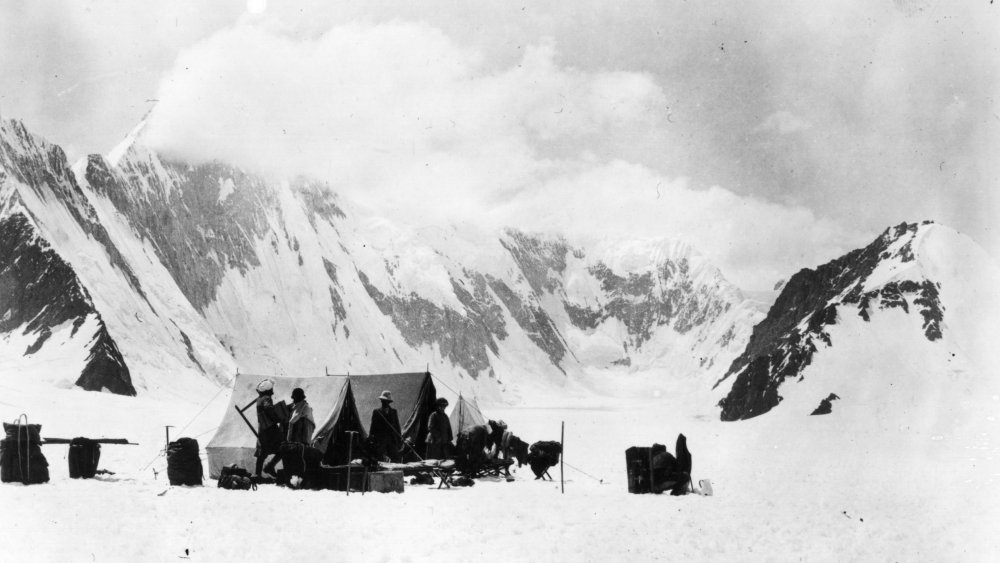
Dozens Of Ancient Viruses Discovered In Tibetan Glacier

The Real Reason UPS Trucks Have White Roofs

Unlucky People Who Perished Soon After They'd Cheated Death

The Greatest Prank Phone Calls In History
